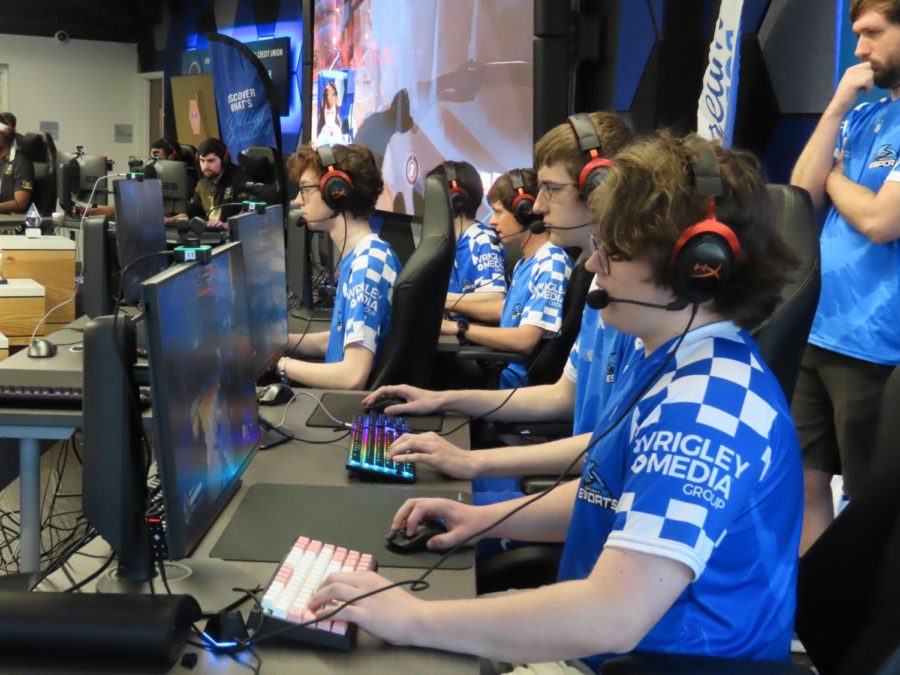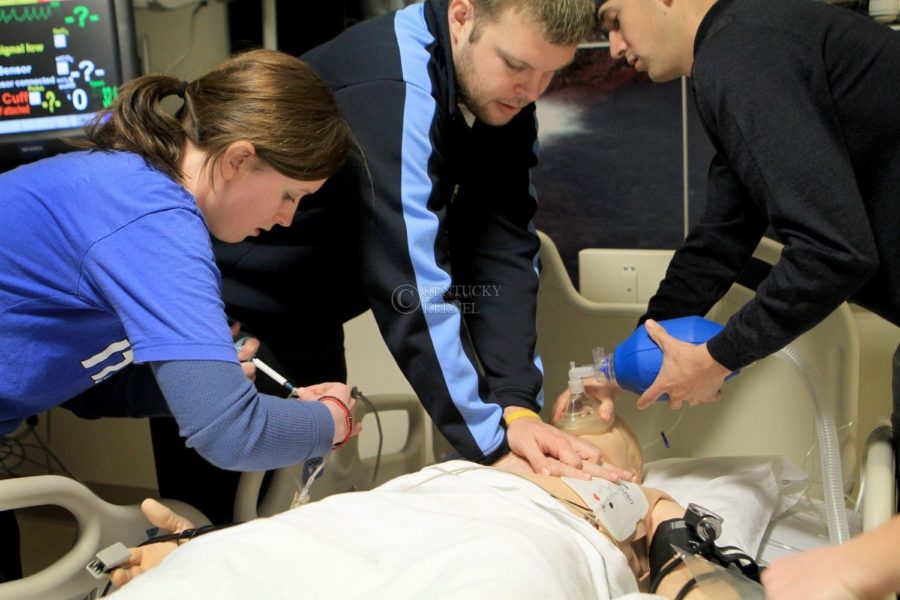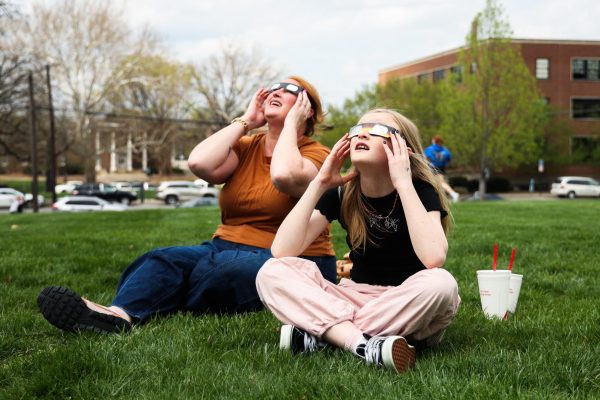[VIDEO]High-tech heart attack: Senior nursing students get hands-on training using robotic patients
February 16, 2010
At 11:40 a.m on Friday, Henry Wall goes into ventricular fibrillation and his heart stops beating.
In seconds, five nursing students step into action, working to give CPR. The first student prepares medication, two students work to lower the bedside rails, and the others initiate chest compressions, while counting out loud to 30. Nothing changes. They resort to the defibrillator.
“Clear!” yells Ryan Bowlds, a nursing senior, waiting until the staff backs away from Wall.
Two hundred volts charge through him. Still nothing. Bowlds switches back to CPR, but their revival efforts are inadequate. Time wanes. They set the defibrillator to 300 volts.
This time, Wall’s chest rises. Vital signs return to normal, and Bowlds and his team take a breath. Their training is complete.
Henry Wall is a robot.
A teaching tool for senior nursing students, Wall is commonly known as SimMan. He is one of five robots at the College of Nursing that can simulate anything as simple as breathing to more complex tasks like cardiac arrest, dying and even giving birth.
“That’s a good day’s work,” said Paula Kral, part of a team of simulation experts in charge of the scenario. “So now let’s look back and try to problem solve how this might have gone better.”
Down the hallway from the simulation room, 44 other senior nursing students watched the exercise on two projectors: one displaying a live video stream of the hospital room, and the other a shot of SimMan’s vital signs. While the test students worked, their peers critiqued the team’s every move.
The students are given a second run through of the scenario, and with near flawless execution Bowlds and the others are welcomed back into the classroom with applause.
“So what did we like about our team’s performance?” said Darlene Welsh, assistant professor in the College of Nursing.
Students responded with appreciation of the teamwork shown.
“That’s right,” Welsh said. “They were working and thinking and problem solving together. That’s why they got it on the first try.”
Nursing senior Amy Crush said she felt stressed just watching the demonstration.
“Just by watching the first round and them improving so much on the second round, that is really going to prepare us well,” Crush said. “The whole time I was sitting in there thinking that I wanted to do it. I am a hands-on learner, and this is extremely hands-on.”
Nursing senior Anne Eifler said students usually work on dummies during this part of their curriculum, but the robots are more helpful.
“ … I like that he talks back to you, and you can physically see his stats dropping, and he tells you how he feels,” Eifler said.
Mary Jayne Miller, coordinator for the clinical simulations facility at UK, is the head of the simulations department, which consists of more than 10,000 square feet of labs and classrooms dedicated to training nursing students.
Becoming the first university in the state to own human simulators, the College of Nursing purchased SimMan in May 2001. Even now, the price tag is steep.
Miller said UK’s College of Nursing bought one of the first generation SimMans, and if the department were to buy a product like it now, it would be a $100,000 investment. She said the two new simulators the college just bought cost $45,000.
“When you are looking at computer-driven human beings, it takes a lot of money for that technology,” Miller said.
But to her, the benefits outweigh the costs. Over the years, the nursing department has built SimMan and his fellow simulators into their curriculum. The seniors are not the only ones getting training from the robot.
“We are in cooperation with the Children’s Hospital, and they bring nurses over here to do simulation events for training purposes,” Miller said. “I think that will increase, and the hospitals are going to want more simulators to do hands-on training with the staff.”
Training with the simulation equipment starts as early as sophomore year, Miller said. This year, sophomores will use SimMan at least twice — a birthing mother simulator once and BabySim at least once before their junior year.
“I appreciate this,” said nursing senior Dominique Baker. “[Without it] I wouldn’t know what to do. You have the book of knowledge, but you really don’t know how it fits into real life situations until you are put into one.”




























































































































































